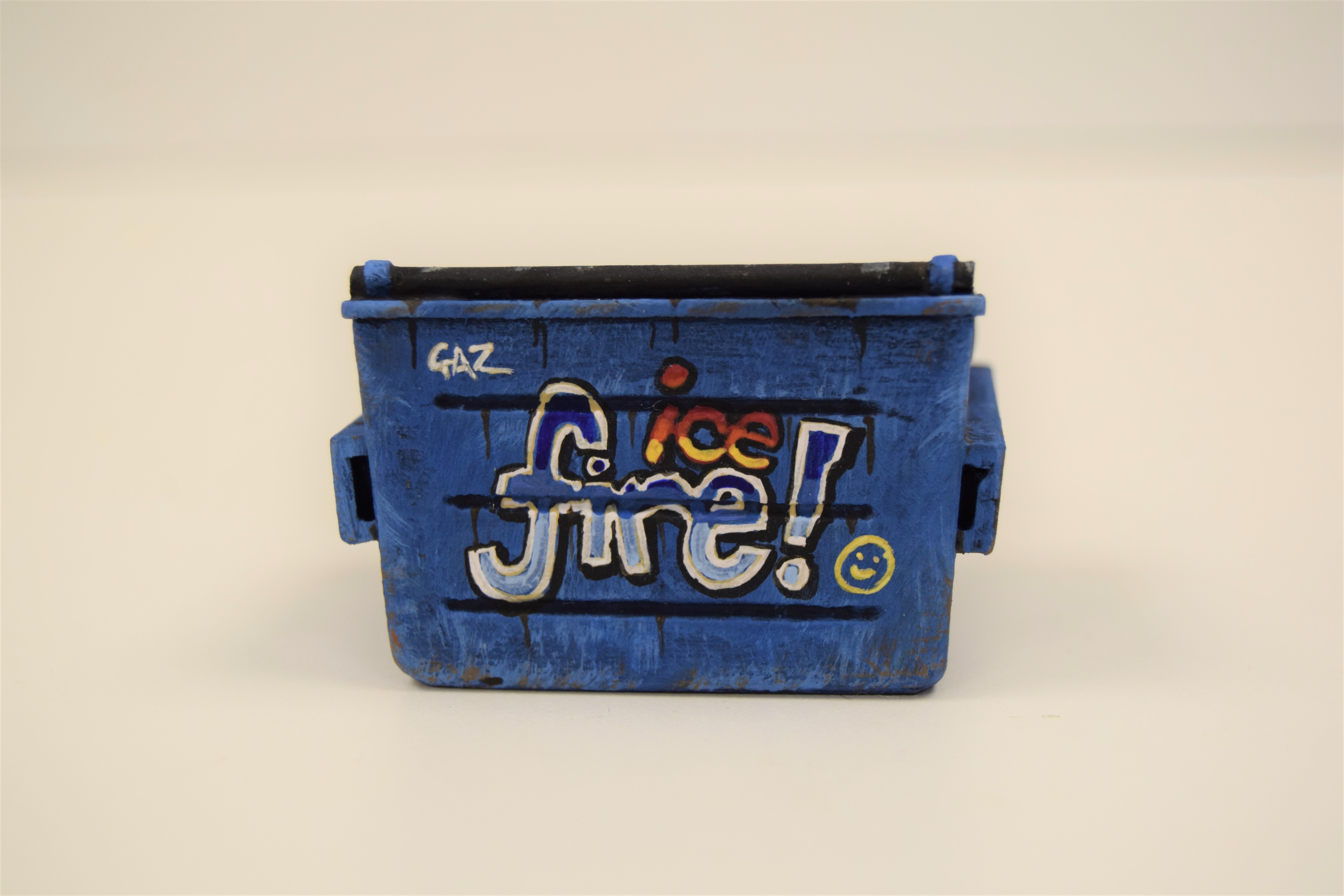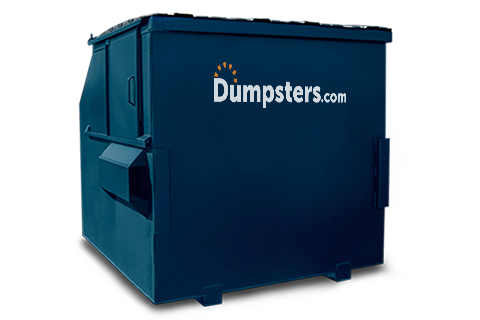In the ever-evolving landscape of commercial waste management, understanding the right dumpster size is essential for businesses aiming to optimize their operations. From small retail stores to large construction sites, selecting the appropriate dumpster can significantly impact efficiency, cost, and environmental responsibility. This guide explores the various commercial dumpster sizes available, their applications, and how to choose the best fit for your business.
The Importance of Commercial Dumpster Sizes
Choosing the correct dumpster size isn’t just about convenience—it’s a strategic decision that affects your business’s bottom line. A dumpster that’s too small can lead to frequent pickups, increased costs, and potential overflow issues. Conversely, a dumpster that’s too large may result in wasted space and unnecessary expenses. Therefore, it’s crucial to understand the different sizes and their respective uses to make an informed choice.
Common Commercial Dumpster Sizes

Commercial dumpsters come in a range of sizes, each designed to meet specific waste management needs. Below are the most commonly used sizes:
3-Yard Dumpsters
- Dimensions: Approximately 6′ x 4′ x 4′
- Capacity: 3 cubic yards
- Best For: Small businesses like restaurants, retail stores, and offices with moderate waste output.
- Common Uses: General office waste, light debris, and packaging materials.
5-Yard Dumpsters
- Dimensions: Around 8′ x 4′ x 5′
- Capacity: 5 cubic yards
- Best For: Medium-sized businesses such as salons, small manufacturing units, and local service providers.
- Common Uses: Increased waste volume from daily operations, including paper, plastic, and light metal scraps.
7-Yard Dumpsters

- Dimensions: Approximately 8′ x 5′ x 5′
- Capacity: 7 cubic yards
- Best For: Businesses requiring more frequent waste removal, such as cafes, fitness centers, and small warehouses.
- Common Uses: More substantial waste, including food scraps, packaging, and minor construction debris.
10-Yard Dumpsters
- Dimensions: About 10′ x 5′ x 5′
- Capacity: 10 cubic yards
- Best For: Larger businesses or those with higher waste volumes, such as mid-sized offices, retail chains, and event venues.
- Common Uses: Heavy office waste, bulk items, and larger debris from renovations or events.
15-Yard Dumpsters

- Dimensions: Approximately 12′ x 5′ x 5′
- Capacity: 15 cubic yards
- Best For: Mid-sized companies with consistent waste generation, such as schools, hospitals, and medium-sized factories.
- Common Uses: Regular waste disposal, including medical waste, food scraps, and industrial byproducts.
20-Yard Dumpsters
- Dimensions: Around 12′ x 8′ x 5′
- Capacity: 20 cubic yards
- Best For: Large businesses or facilities with significant waste output, such as construction sites, hotels, and distribution centers.
- Common Uses: Construction debris, heavy machinery parts, and large quantities of recyclables.
30-Yard Dumpsters

- Dimensions: Approximately 16′ x 8′ x 6′
- Capacity: 30 cubic yards
- Best For: Major construction projects, industrial facilities, and large-scale commercial operations.
- Common Uses: Extensive debris, demolition waste, and bulk materials.
40-Yard Dumpsters
- Dimensions: Around 22′ x 8′ x 6′
- Capacity: 40 cubic yards
- Best For: Large-scale construction, industrial plants, and multi-unit commercial complexes.
- Common Uses: Massive volumes of waste, including concrete, steel, and heavy machinery.
Factors to Consider When Choosing a Dumpster Size
Selecting the right dumpster size involves more than just looking at capacity. Here are some key factors to consider:
1. Waste Volume
Understanding the amount of waste your business generates is crucial. Track your waste over a week or month to estimate the average volume. This will help you determine whether you need a smaller or larger dumpster.
2. Frequency of Removal
Consider how often you need the dumpster emptied. If you generate a lot of waste, a larger dumpster may be necessary to reduce the number of pickups.
3. Available Space
The physical space where the dumpster will be placed is another important factor. Ensure there is enough room for the dumpster to be accessed by waste collection trucks without causing disruptions.
4. Type of Waste
Different types of waste may require different handling. For example, compactable waste (like cardboard) may take up less space compared to non-compactable waste (like furniture).
5. Local Regulations
Check local waste management regulations to ensure compliance. Some areas may have restrictions on dumpster sizes or placement.
Tips for Optimizing Your Commercial Dumpster
Once you’ve selected the right size, here are some tips to maximize its efficiency:
-
Properly Compact Waste
Use mechanical tools or manual methods to compress waste. This helps reduce the overall volume and allows for more efficient use of space. -
Organize Waste
Sort and arrange waste within the dumpster. Place heavier items at the bottom and break down large objects to create more room. -
Recycle Whenever Possible
Implement a recycling system to separate recyclables from general waste. This not only reduces the amount of waste in the dumpster but also supports sustainability efforts. -
Implement Waste Reduction Strategies
Encourage employees to minimize waste by using reusable items and reducing single-use products. Partnering with suppliers who offer sustainable packaging can also help. -
Regularly Assess Waste Patterns
Monitor your waste generation over time and adjust your strategies accordingly. This ensures that your dumpster size remains appropriate as your business grows or changes.
Frequently Asked Questions
What are the dimensions of a commercial dumpster?
Commercial dumpsters vary in size, but common dimensions include 6′ x 4′ x 4′ for a 3-yard dumpster and 22′ x 8′ x 6′ for a 40-yard dumpster.
What is the most popular dumpster rental size?
The 3-yard dumpster is one of the most popular sizes for commercial establishments such as restaurants and small retail stores.
What size is a 30-yard open top dumpster?
A 30-yard open top dumpster typically has dimensions of 8′ x 6′ x 22′.
Conclusion
Choosing the right commercial dumpster size is a critical decision that impacts your business’s efficiency, cost, and environmental footprint. By understanding the different sizes available, considering key factors like waste volume and frequency, and implementing space optimization strategies, you can ensure that your waste management solution is both effective and economical.
Whether you’re managing a small retail store or overseeing a large construction project, the right dumpster size can make all the difference. Take the time to assess your needs and consult with experts to find the perfect fit for your business.
Stay updated with the latest news and insights on commercial waste management. Explore today’s headlines and stay ahead of the curve.











More Stories
US Trending News: How to Claim Your Joy: A Guide to Finding Happiness and Inner Peace
US Trending News: Explore Www.hobbylobby.com: Your Ultimate Guide to the Official Site
When Is Trick Or Treating in 2024: A Complete Guide for Halloween